Set 1 of Rocks Photographs ---
Bob Jensen at
Trinity University
Normally in February I would be featuring photographs of snow and ice.
But the Winter of 2016 has been so mild thus far I must dig deeper into my
collection of photographs.
It's especially appropriate in New Hampshire to feature rock and stone since New
Hampshire is known as The Granite State
I will begin with two of the best known rock formations in New Hampshire.
The best-known rock formations was the Old Man on the Mountain, but he crashed
down shortly before we moved to the White Mountains in 2005
Just few miles south of the Old Man site is a natural formation in
Franconia Notch that
still stands.
This is the Indian Head shown below
To me it's either a big stone head or a much smaller stone outline of a head
formed in the lips of the larger head
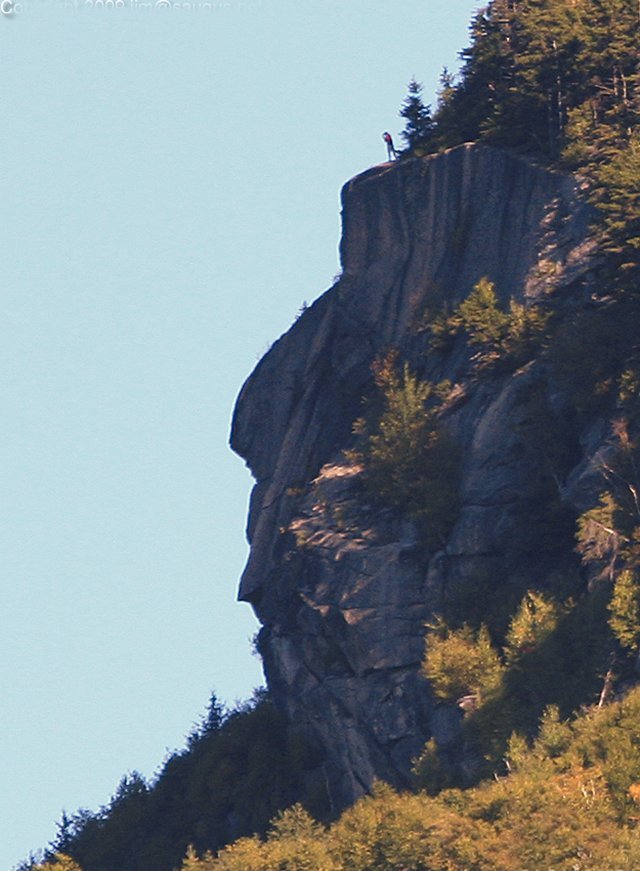
North on another exit in Franconia Notch State Park is the site of the original
spectacular Old Man in the Mountain
https://en.wikipedia.org/wiki/Old_Man_of_the_Mountain
Over millions of years the freezing and expansion of the water in the cracks of
the Old Man eventually
caused him to tumble down the mountain.
This is how he looked on an old post card before he came tumbling down
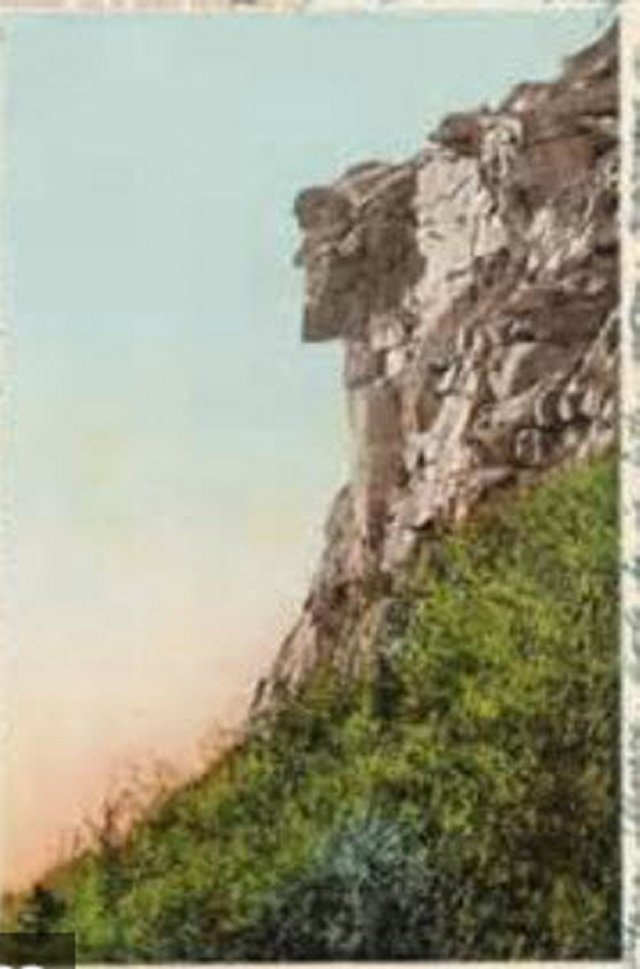
Our cottage has a rock-lined small frog pond
Visible on the edge of this picture to the right of Mt. Lafayette is Cannon
Mountain
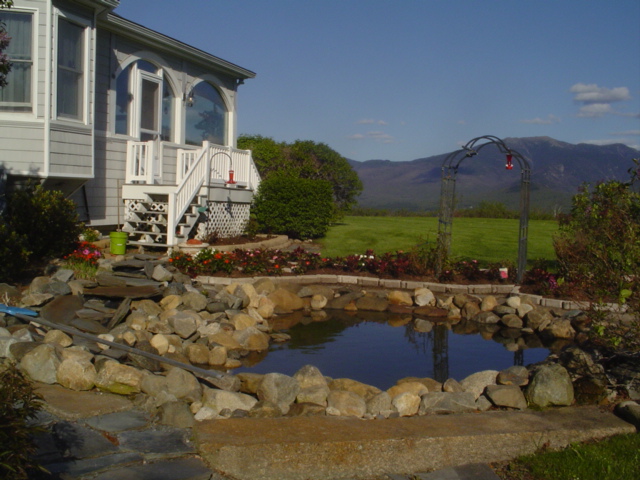
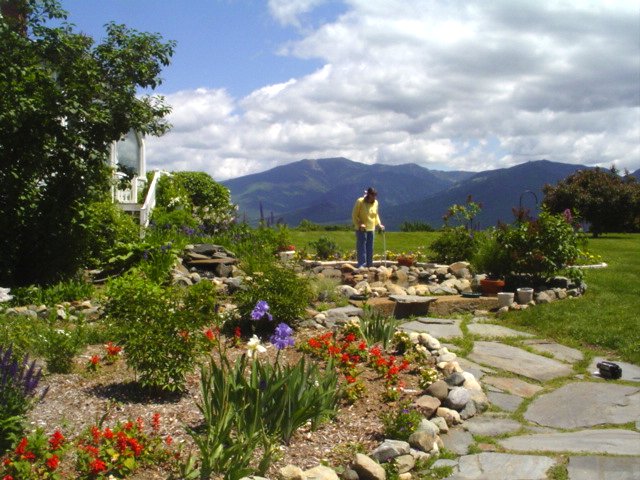
The other side of Cannon Mountain is the part you see while driving through
Franconia Notch
For this angle it looks like Cannon Mountain is an enormous hunk of crumbling
granite
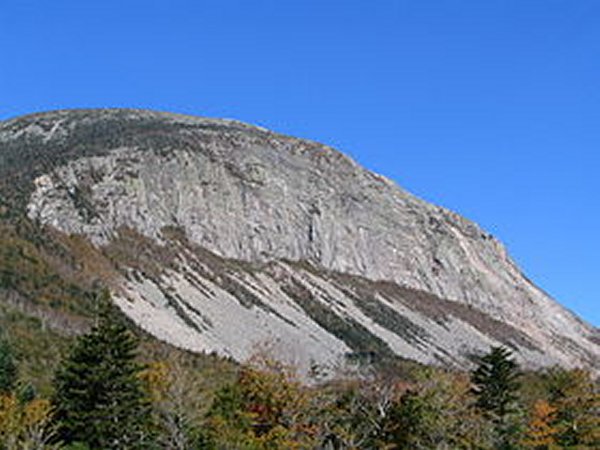
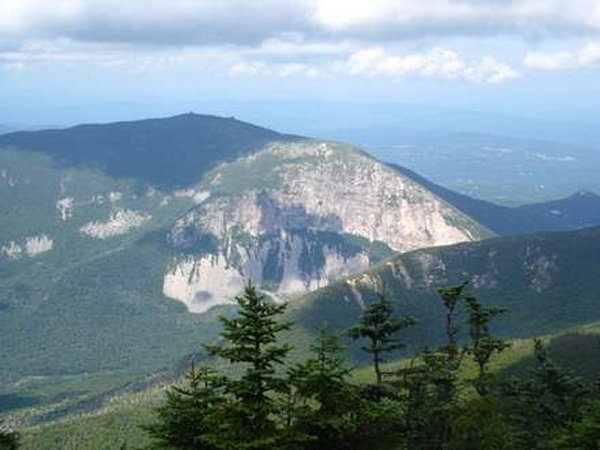
I snapped this picture while walking the Rim Trail on the summit of Cannon
Mountain with my son Marshall
We did not know the family sitting dangerously close to the edge
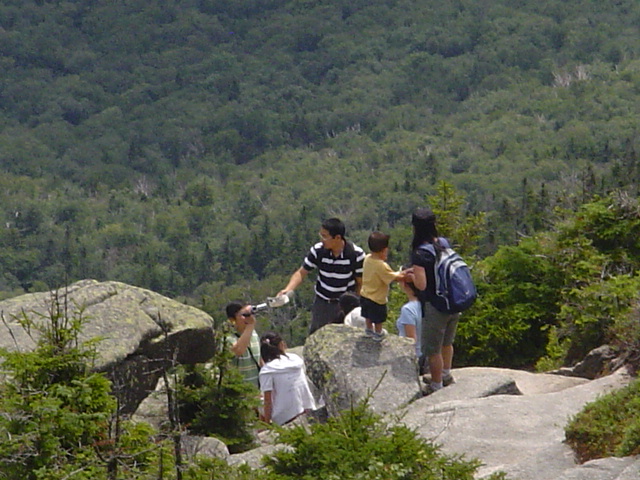
This is a steep portion of the Omega Trail On Cannon
Mountain
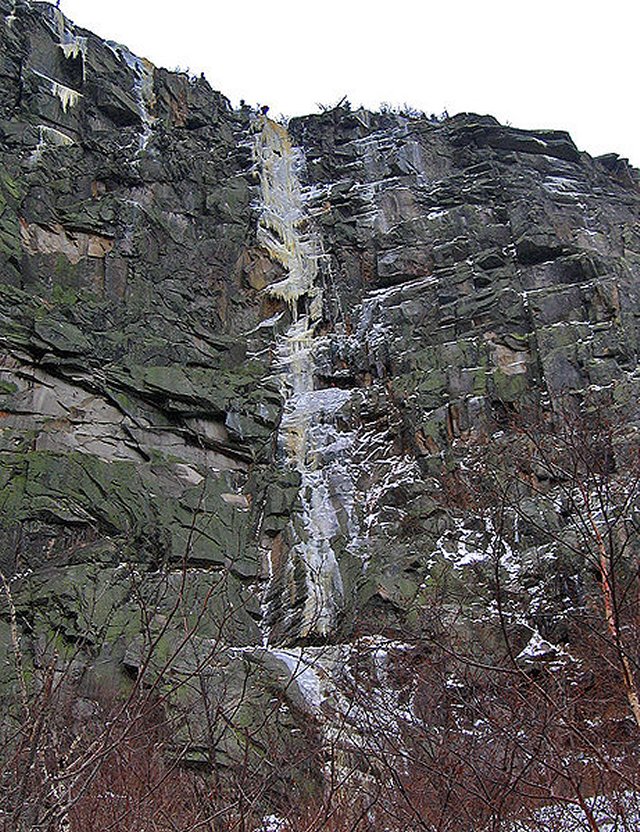
Cannon has some great iced-over rocks this time of year
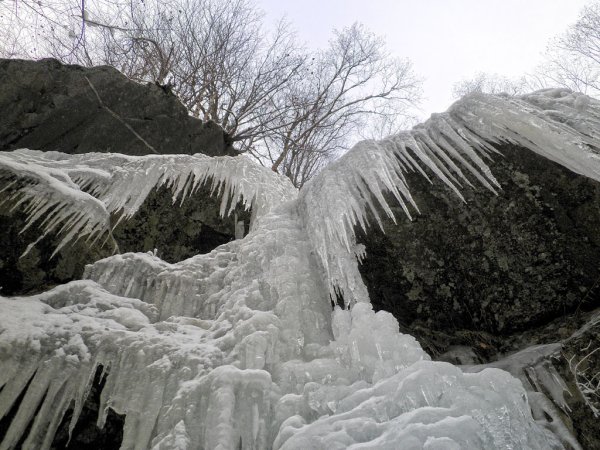
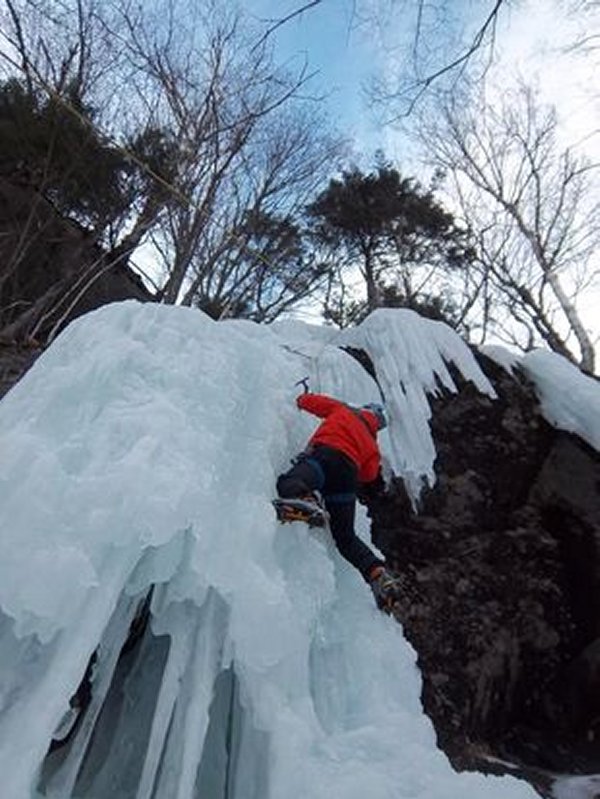
Across the road from Cannon Mountain in the Franconia Notch is the Flume Gorge
https://www.nhstateparks.org/visit/state-parks/flume-gorge.aspx
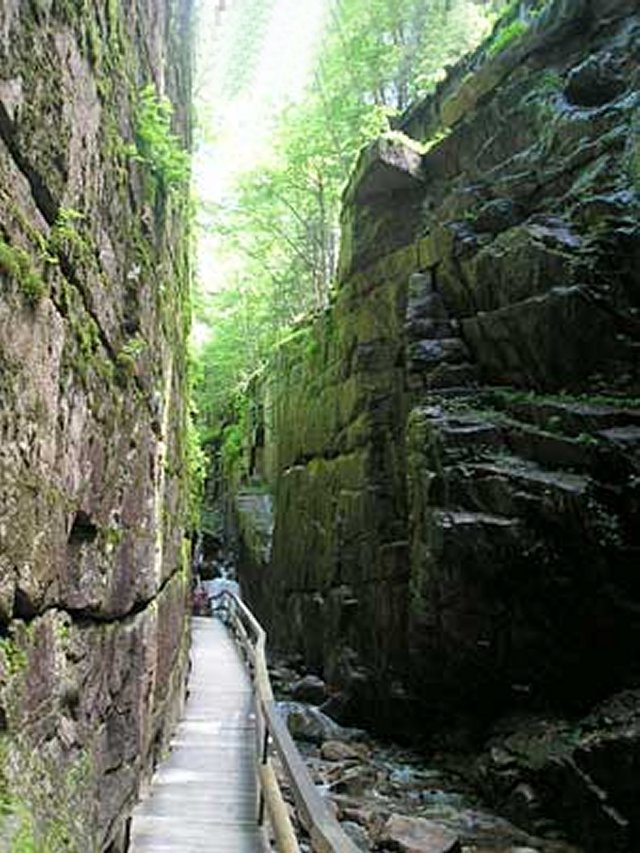
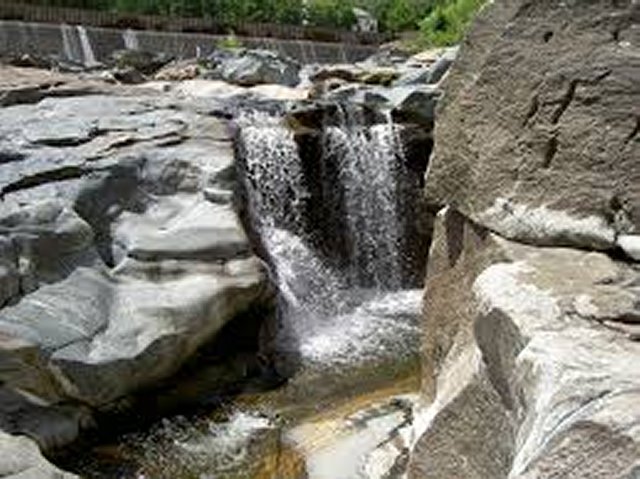
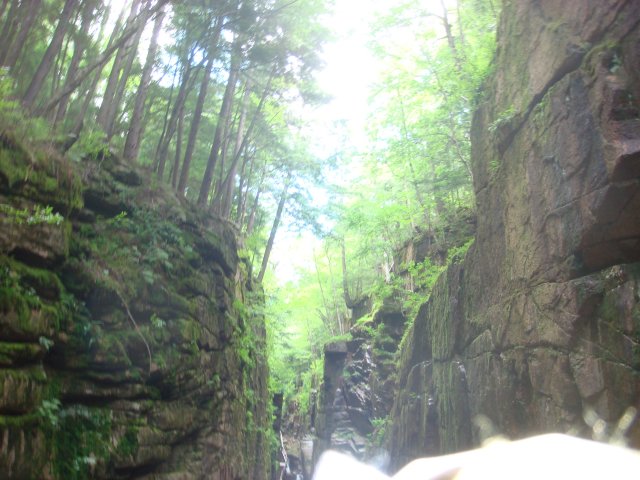
And close by is Boise Rock resembling an open
clamshell
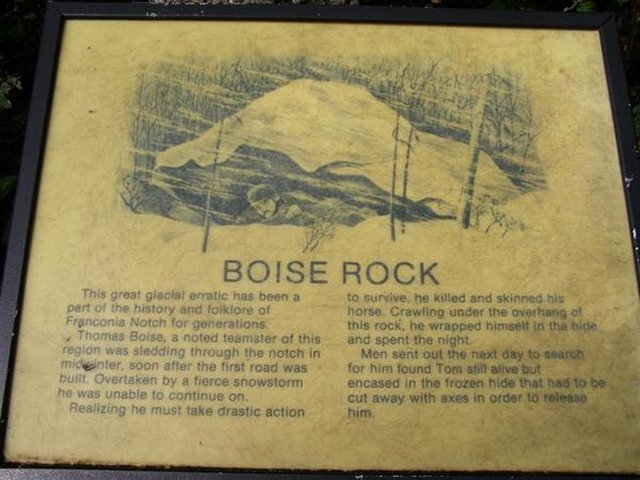
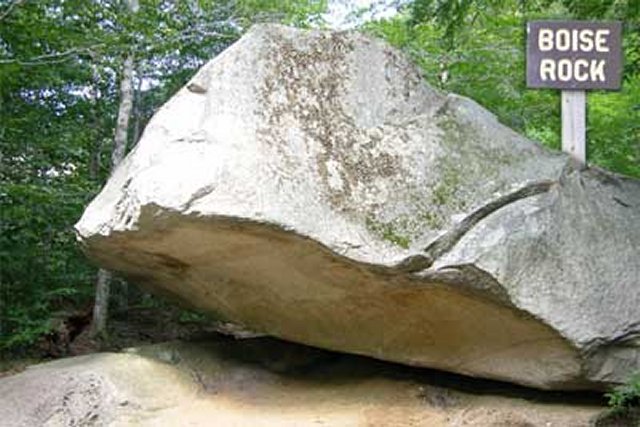
New Hampshire was previously covered with virgin forest
When early settlers cleared the land for farming they encountered endless rocks
The rocks were both on top the cleared land and embedded beneath in the dirt
itself.
Down the road less than a half mile from our cottage
is the old
Elm Farm
The picture below shows the land after the timber was hauled off but before the
rocks were cleared on the Elm Farm

Often the rocks were too large for early settlers to
move to the edge of the fields
This is my sitting rock in our wildflower field south of the cottage

Across the road a tourist is (sadly) walking among
the lupine near a big rock
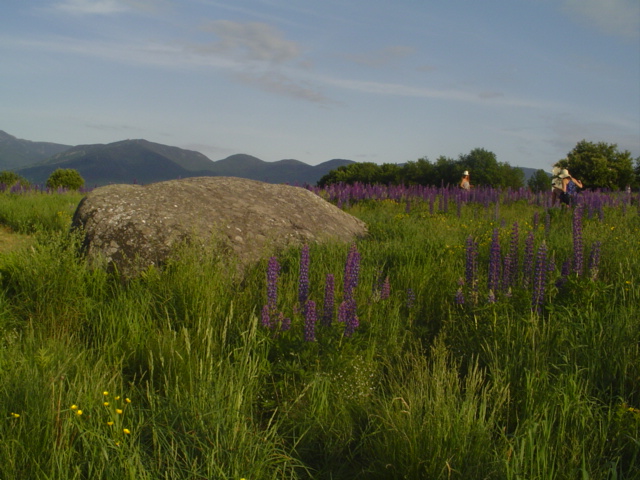
Generally if you're digging a hole to plant a tree,
shrub, or post your shovel strikes a rock
Sometimes that rock can be pried loose with a shovel
Other times it takes a lot more than a shovel
Down the road this summer a new driveway was being carved out of the land by an
excavator

These are some the the many rocks the above machine
had to line up alongside that driveway
Imagine how hard it was for settlers in the 1700s and 1800s to build roads and
clear fields before the days of excavators

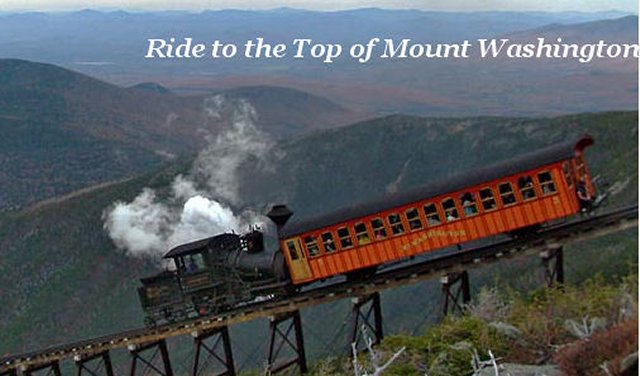
New Hampshire's countless rocks could also be used
to build sturdy buildings
This is the Tip Top House hotel that is now a museum on the summit of Mt.
Washington
The was were almost four feet thick to protect against the winds that average 75
mph on this summit
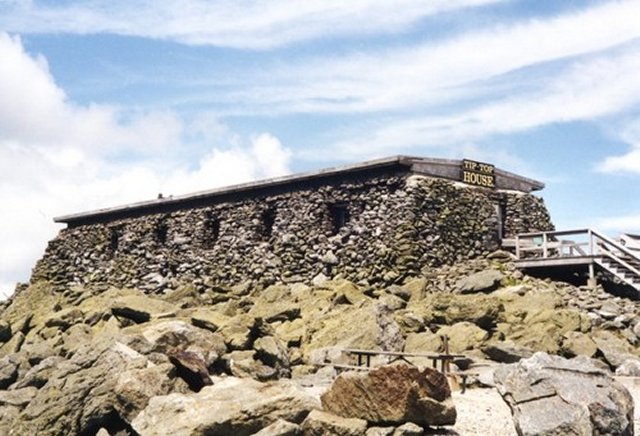
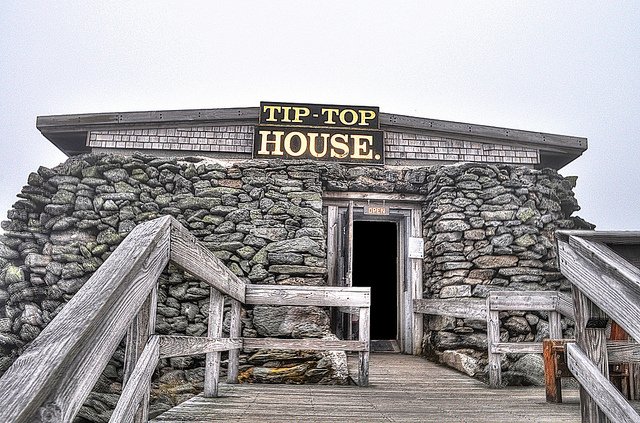
For my photographs inside the above hotel go to
http://www.trinity.edu/rjensen/Tidbits/CogRailroad/History1/CogRailroadHistory.htm
This is the rock garden on the north side of our
cottage
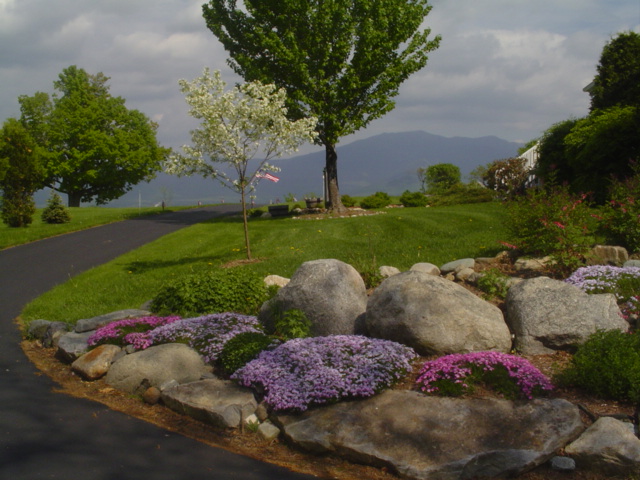
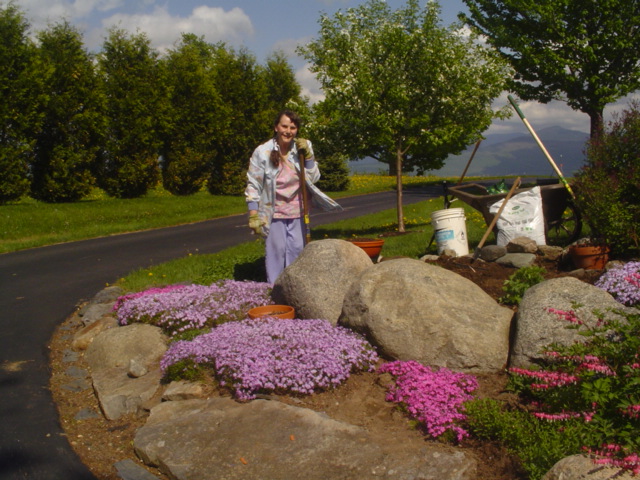
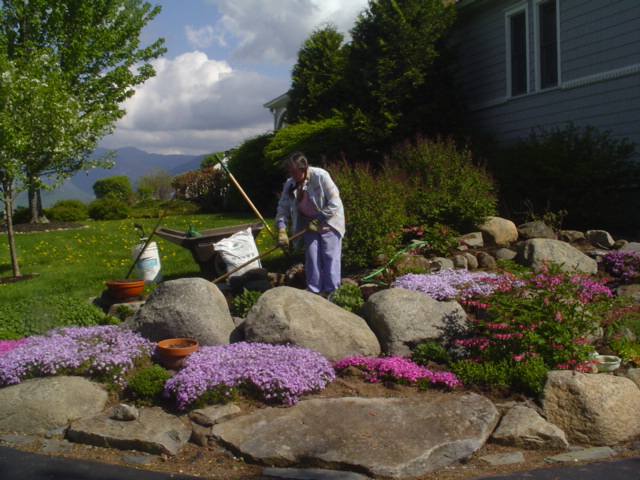
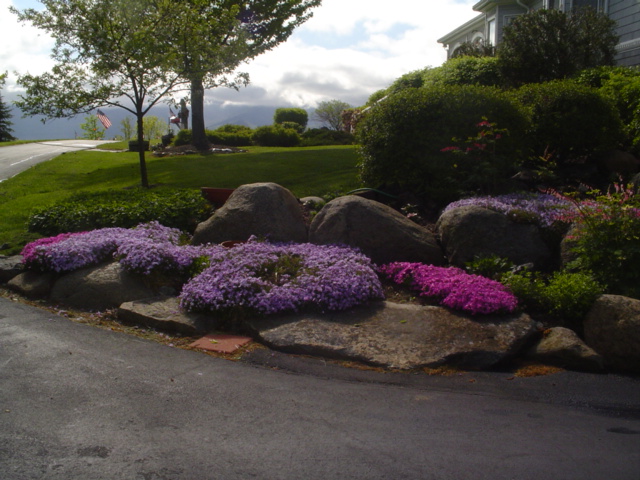
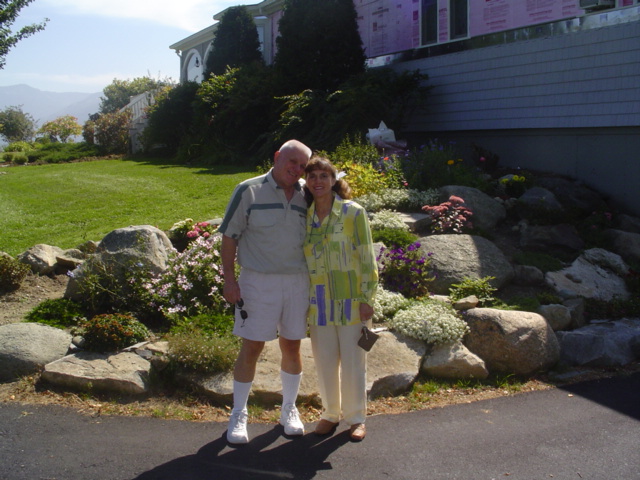
Bob Jensen's pictures of the Gale River
---
http://www.trinity.edu/rjensen/tidbits/Rivers/GaleRiver/GaleRiver.htm
List of Rivers in New Hampshire ---
http://en.wikipedia.org/wiki/List_of_rivers_of_New_Hampshire
Pictures of New Hampshire Rivers
---
https://www.google.ca/search?q="New+Hampshire+Rivers"&lr=&as_qdr=all&tbm=isch&tbo=u&source=univ&sa=X&ei=jEYHVa67FMOigwT-7IG4Dw&ved=0CMgBELAE&biw=1024&bih=506
New Hampshire River Map (the Gale River
is a tributary of the Ammonoosuc River) ---
http://www.mapsofworld.com/usa/states/new-hampshire/new-hampshire-river-map.html
Also see
http://www.netstate.com/states/maps/nh_rivers_lakes_na.htm
New Hampshire Fly Fishing Guides
---
http://www.nhriversguide.com/
Bob Jensen's Photographs of Lake Champlain ---
http://www.trinity.edu/rjensen/tidbits/Lakes/Set02/LakesSet02.htm
Bob Jensen's Photographs of Moosehead Lake ---
http://www.trinity.edu/rjensen/tidbits/Lakes/Set03/LakesSet03.htm
Bob Jensen's Photographs of Maine ---
www.trinity.edu/rjensen/tidbits/States/Maine/Set01/Maine01.htm
Bob Jensen's Photographs of Vermont ---
www.trinity.edu/rjensen/tidbits/States/Vermont/Set01/Vermont01.htm
Lakes in New Hampshire ---
http://en.wikipedia.org/wiki/Lakes_in_New_Hampshire
Oceans in My Life (Including My Navy Days)
http://www.trinity.edu/rjensen/Tidbits/Ocean/Set01/OceanSet01.htm
More of Bob Jensen's Pictures and
Stories
http://www.trinity.edu/rjensen/Pictures.htm
On May 14,
2006 I retired from
Trinity University after a long and
wonderful career as an accounting professor in four universities. I was
generously granted "Emeritus" status by the Trustees of Trinity University. My
wife and I now live in a cottage in the White Mountains of New Hampshire ---
http://www.trinity.edu/rjensen/NHcottage/NHcottage.htm
Bob
Jensen's Blogs ---
http://www.trinity.edu/rjensen/JensenBlogs.htm
Current and past editions of my newsletter called New
Bookmarks ---
http://www.trinity.edu/rjensen/bookurl.htm
Current and past editions of my newsletter called
Tidbits ---
http://www.trinity.edu/rjensen/TidbitsDirectory.htm
Current and past editions of my newsletter called
Fraud Updates ---
http://www.trinity.edu/rjensen/FraudUpdates.htm
Bob Jensen's past presentations and lectures
---
http://www.trinity.edu/rjensen/resume.htm#Presentations
Our
address is 190 Sunset Hill Road, Sugar Hill, New Hampshire
Our cottage was known as the Brayton Cottage in the early 1900s
Sunset Hill is a ridge overlooking with
New Hampshire's White Mountains to the East
and Vermont's
Green Mountains to the West
Bob Jensen's Threads ---
http://www.trinity.edu/rjensen/threads.htm
Bob Jensen's Home Page ---
http://www.trinity.edu/rjensen/




















